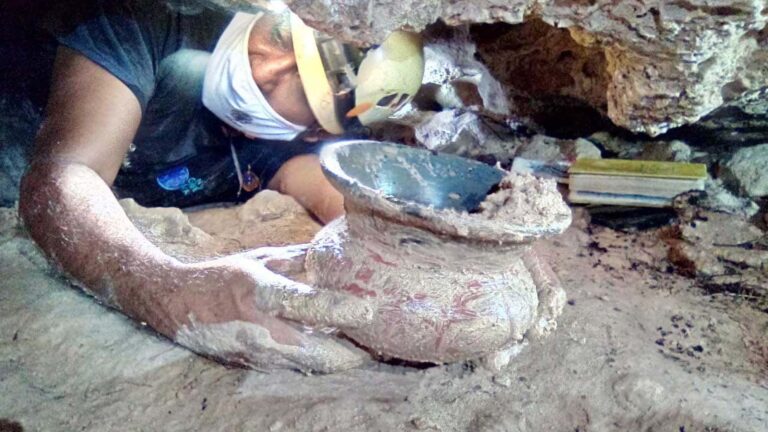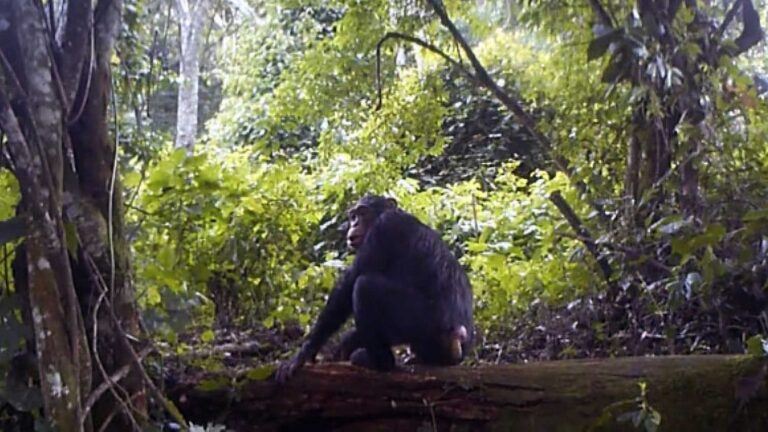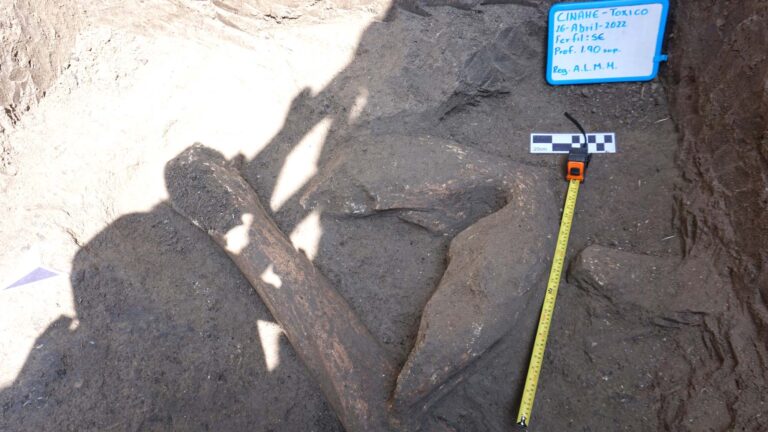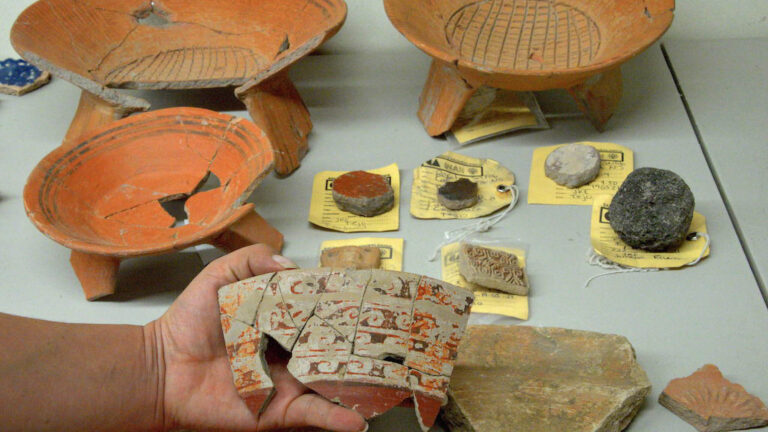
Scientists Find Ancient Mayan Chocolate Pot
An ancient Mayan chocolate pot thought to be 2,300 years old has been unearthed from a cave in Mexico. The pumpkin-shaped pot had been hidden from view for centuries in…

An ancient Mayan chocolate pot thought to be 2,300 years old has been unearthed from a cave in Mexico. The pumpkin-shaped pot had been hidden from view for centuries in…

The discovery of the graves of four pre-Hispanic children has given an insight into the difficult living conditions that followed the fall of the Aztec Empire. Named after the property…

Some of Britain's earliest humans lived on the outskirts of Canterbury in Kent between 560,000 and 620,000 years ago, a groundbreaking new study has revealed. The study, which was led…

An international team of experts has compiled the world's largest wild chimp genomic catalogue by sequencing DNA found in hundreds of samples of ape poo. The team was led by…
This Mayan corn god's head has been unearthed by archaeologists in Mexico who found it at the bottom of a pond representing the entrance to the underworld. The large, well-preserved…

A family building a toilet discovered bones from a mammoth in their garden. The remarkable find of the bones - believed to be up to 10,000 years old - was…
A piece of DNA that many humans have inherited from the Neanderthals makes it more likely to get a serious bout of COVID-19 but 27 percent less likely to get…

Mexican scientists have discovered 17 burial sites containing the remains of citizens who died during a pandemic in the 19th century. One leading scientist said: “It is striking that this…
Gravediggers preparing the ground for a new cemetery in Mexico were shocked to discover the plots were already in use as they contained the 10,000-year-old remains of a mammoth. The…

Experts have found Mayan pots that were placed under stalactites to collect water in a cave almost a thousand years ago and were still in the cave today. One of…